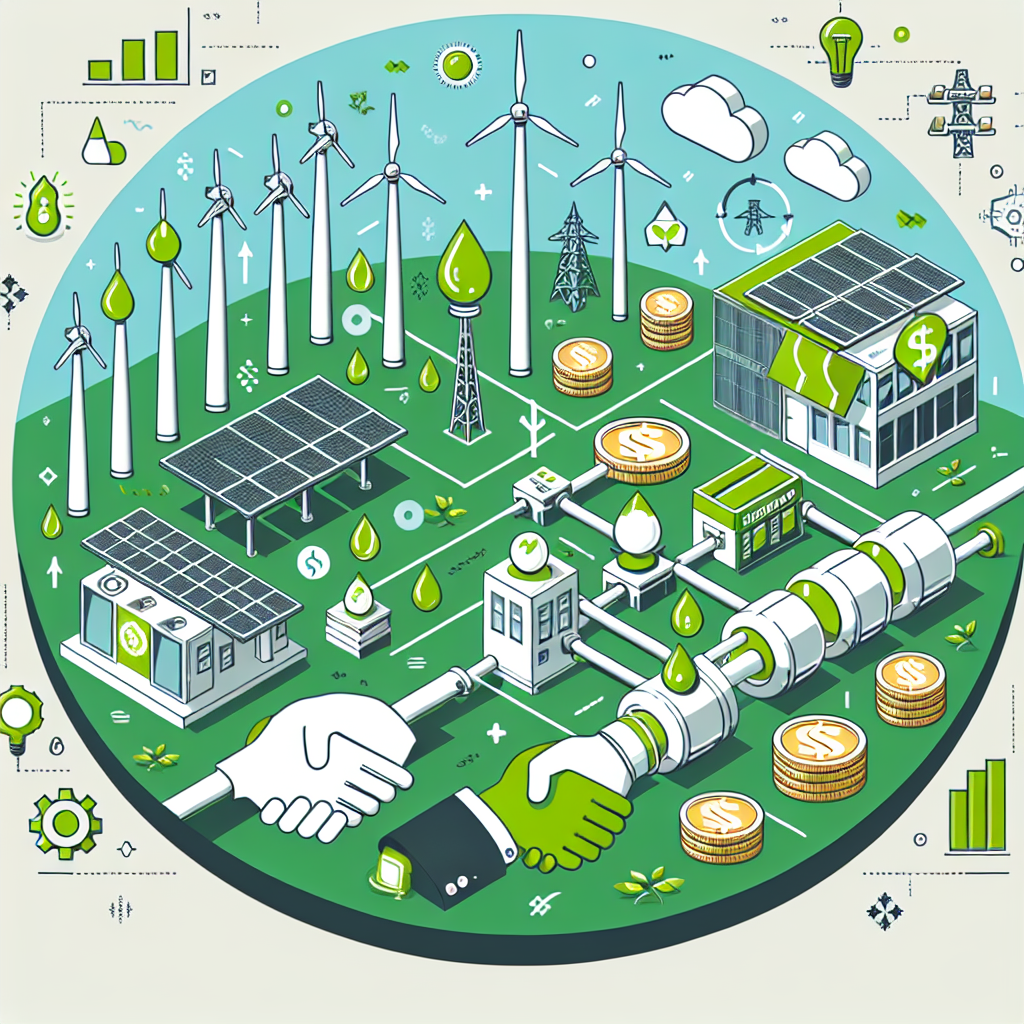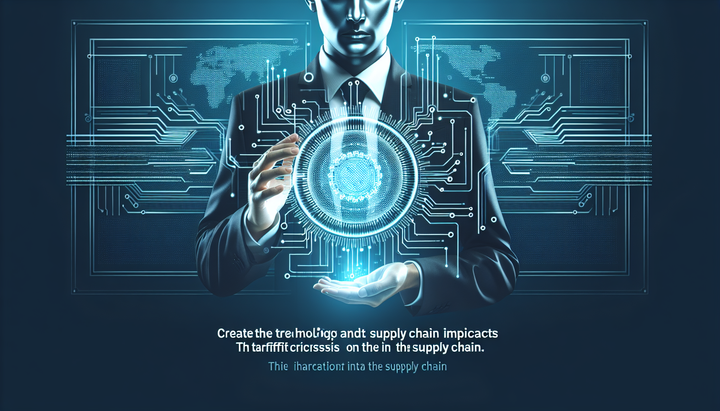Harnessing Power-to-X for a Sustainable Future: Challenges and Solutions

Understanding Power-to-X (PtX)
Power-to-X, or PtX, is an innovative technology gaining attention in the technology sector due to its potential to revolutionize energy storage and utilization. At its core, PtX involves the conversion of energy into hydrogen using renewable sources like wind, solar, nuclear, or hydroelectric power. The hydrogen produced through this process is termed 'green hydrogen'. Unlike traditional methods of hydrogen production, which rely on fossil fuels and release significant amounts of CO2, green hydrogen is environmentally friendly, emitting only oxygen as a byproduct.
Applications and Benefits of Power-to-X
Green hydrogen serves as an energy carrier and has diverse applications in various industries. Currently, its primary uses include industrial processes such as fertilizer production, gas desulfurization, chemical synthesis, and biofuel manufacturing. Furthermore, the transportation sector is exploring hydrogen fuel cells for vehicles, although there is ongoing debate regarding the efficiency of hydrogen over battery electric vehicles (BEVs) for this purpose.
New and emerging applications are also on the horizon, such as the use of hydrogen in refining iron ore, which could significantly reduce fossil fuel consumption in industrial processes. The potential of green hydrogen is vast, and its integration could play a pivotal role in achieving global carbon neutrality.
Challenges in Power-to-X Adoption
Despite its potential benefits, the adoption of PtX faces several challenges, primarily around investment and infrastructure. A recent study highlighted that only 0.1% of global hydrogen production is green, attributed mainly to significant investment risks. Investors are wary due to regulatory uncertainties and the immature state of hydrogen infrastructure. Existing fossil fuel infrastructure is extensive and heavily subsidized, making the transition to hydrogen a daunting task.
Regulatory and Infrastructure Hurdles
One major barrier to PtX investment is the lack of clear and stable regulations governing the hydrogen industry. In many countries, policies are still evolving, creating an unpredictable environment for investors. To mitigate this uncertainty, governments need to establish robust, long-term regulations that provide a secure landscape for green hydrogen projects.
Infrastructure is another critical hurdle, as the green hydrogen sector lacks the comprehensive networks found in the fossil fuel industry. Large-scale investments are required to build pipelines, storage facilities, and distribution networks. Successful completion of these projects is crucial to providing the necessary infrastructure for hydrogen to become a viable alternative to traditional energy sources.
Incentivizing Green Technology Investment
To encourage greater investment in green technologies, governments can employ both 'carrots' and 'sticks'. Incentives such as loan guarantees and tax breaks can reduce financial risks for private investors. Additionally, direct subsidies could promote the development of hydrogen infrastructure. Historical data shows that the fossil fuel industry has benefited from immense subsidies, underscoring the need for comparable support for green technologies.
In conclusion, Power-to-X presents a promising opportunity for transforming energy systems and mitigating climate change. However, achieving widespread adoption requires tackling investment risks, regulatory uncertainties, and infrastructure deficiencies. By addressing these challenges, the technology industry can facilitate the green transition and foster a sustainable energy future.



Comments ()